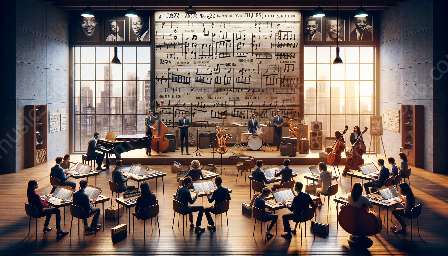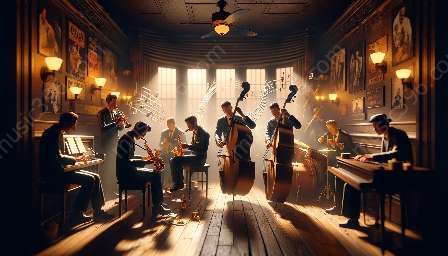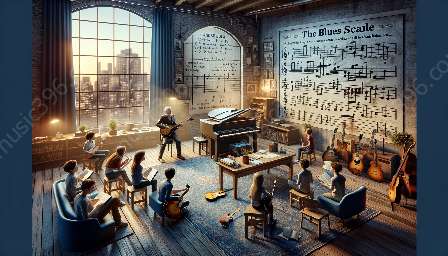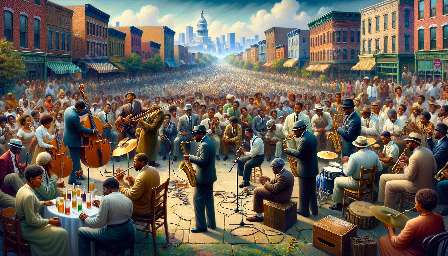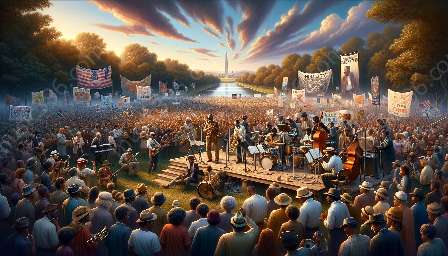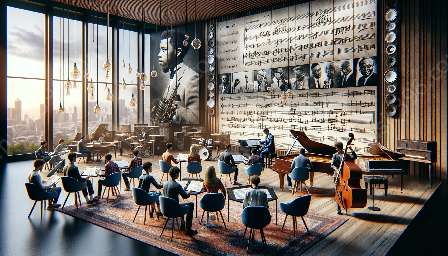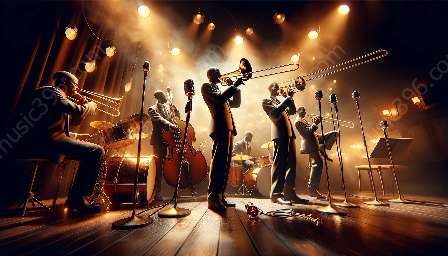The evolution of blues piano performances is a testament to the resilience and creativity of musicians across various eras and styles. From the early 20th century to the present, blues piano has been influenced by a diverse array of piano styles in blues music, as well as the enduring impact of jazz on the blues genre.
Early 20th Century: The Birth of Blues Piano
The roots of blues piano can be traced back to the early 20th century when African-American musicians in the Southern United States started to infuse the sounds of their experiences into their music. The piano became a central instrument in this movement, providing a rich and expressive canvas for storytelling through music.
Influential Pianists of the Era
Pioneering blues pianists like Ma Rainey, Bessie Smith, and Clarence Williams left an indelible mark on the genre during this period. Their innovative playing styles and emotive performances laid the foundation for what would become a significant part of the blues tradition.
Evolution of Piano Styles in Blues Music
As the blues genre continued to develop, piano styles in blues music diversified and expanded. Boogie-woogie, a piano style characterized by its lively, syncopated rhythms, gained prominence and became a cornerstone of blues piano performances. Artists such as Meade Lux Lewis, Albert Ammons, and Pete Johnson popularized this energetic style and brought it to a wider audience.
Integration of Jazz Elements
The influence of jazz on blues music also played a significant role in shaping blues piano performances. Jazz brought a new level of improvisation and sophistication to the blues, as seen in the works of influential artists like Duke Ellington and Count Basie. Their innovative approaches to harmony, rhythm, and melody seeped into blues piano, enriching its expressive potential.
Mid-20th Century: Blues Piano Reaches New Heights
During the mid-20th century, blues piano performances reached new heights as the genre gained greater recognition and acceptance. Artists like Otis Spann, Memphis Slim, and Professor Longhair emerged as influential figures, showcasing the versatility and emotional depth of blues piano.
Blending Blues and Jazz
The lines between jazz and blues became increasingly blurred during this period, leading to captivating fusion performances. Pianists like Ray Charles and Nina Simone seamlessly integrated jazz elements into their blues piano performances, further expanding the boundaries of the genre.
Modern Era: Revival and Innovation
In the modern era, blues piano has experienced a revival, with contemporary artists infusing new energy and innovation into the genre. Musicians such as Dr. John and Marcia Ball have continued to captivate audiences with their soulful and dynamic piano performances, keeping the tradition of blues piano alive and vibrant.
Contemporary Influences
Contemporary blues piano performances draw inspiration from a wide range of influences, including rock, soul, and funk, resulting in a diverse and ever-evolving landscape. Artists like Jools Holland and Kenny 'Blues Boss' Wayne embody this spirit of experimentation and fusion, bringing a fresh perspective to blues piano.
Conclusion
Blues piano performances throughout history reflect the resilience, adaptability, and enduring appeal of the genre. The intersection of various piano styles in blues music and the influence of jazz has contributed to the rich tapestry of blues piano, ensuring its continued relevance and influence in the world of music.




